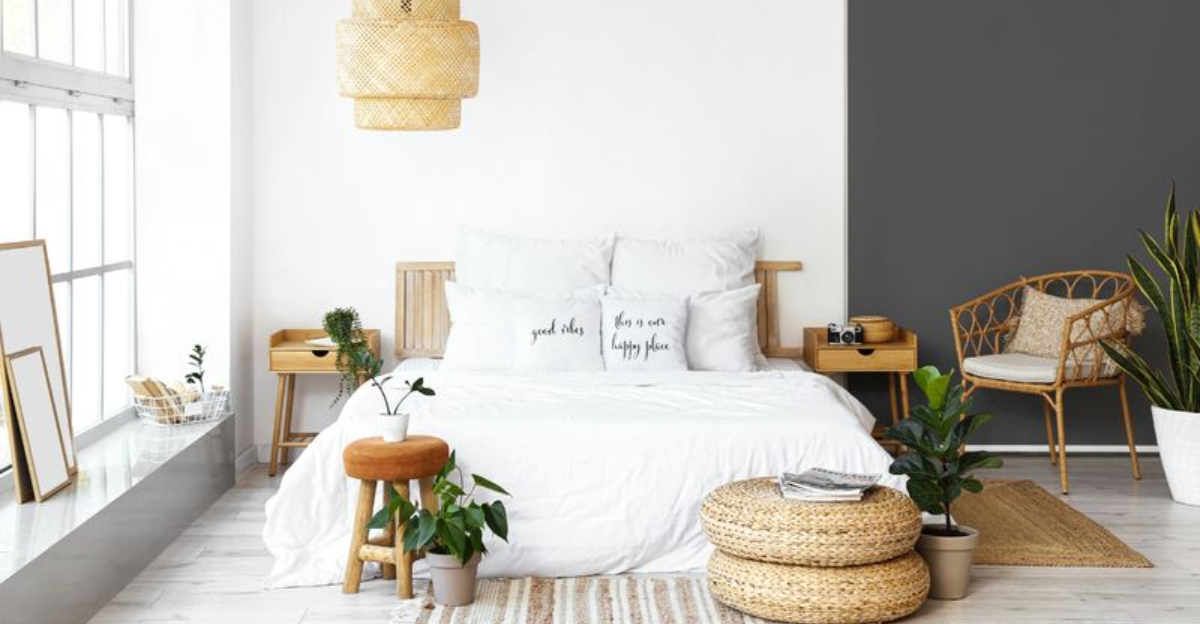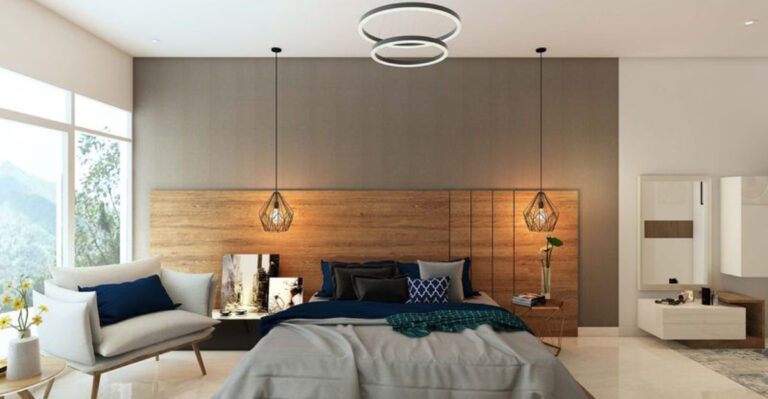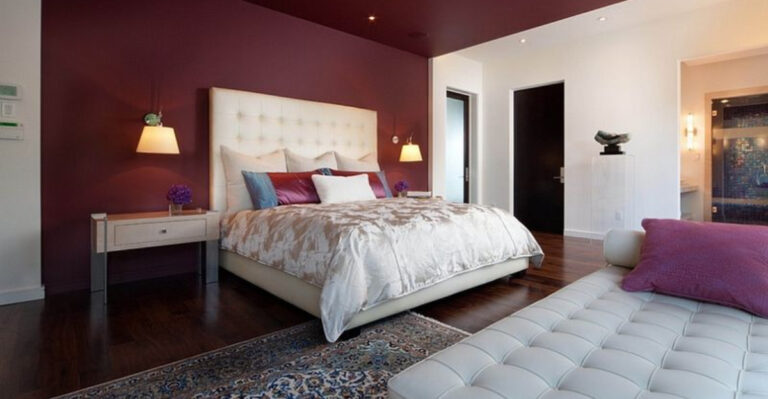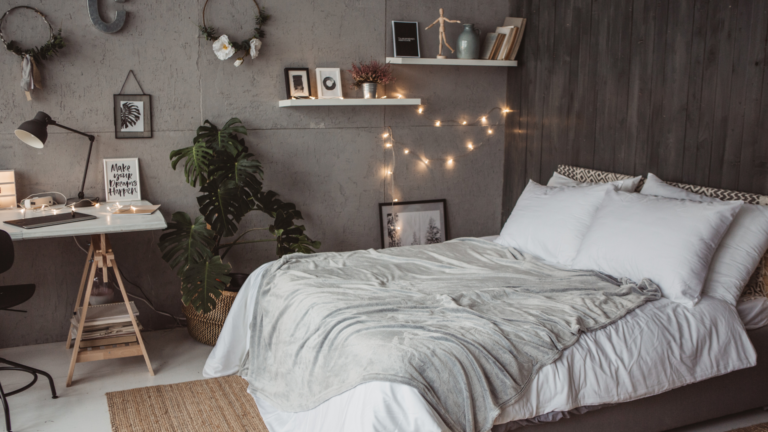Here’s How To Pick The Perfect Modern Nightstand For A Sleek Bedroom Look
I used to think my nightstand was just a landing pad for my phone, a water glass, and the occasional midnight snack. But once I started paying attention to its design, I realized it’s one of the most underrated style moments in the whole bedroom.
A good modern nightstand doesn’t just hold your stuff, it elevates the entire vibe of the room. Whether you’re going sleek and minimal or bold and sculptural, finding the right one can be a total game-changer.
These fifteen tips helped me rethink everything, and now my nightstand’s pulling way more than its weight.
1. Measure Twice, Buy Once
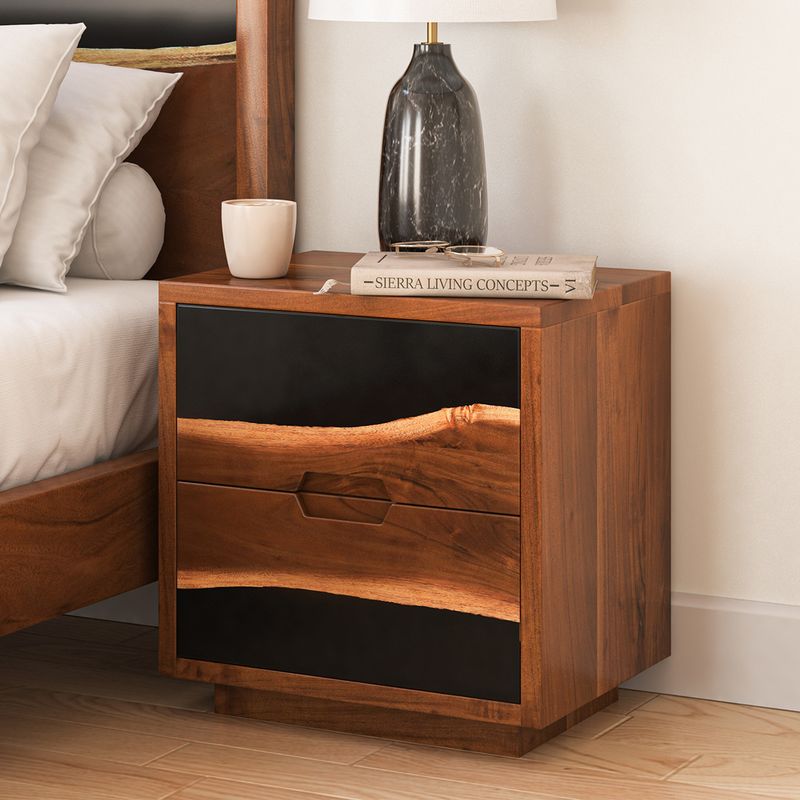
Grab that measuring tape before you start shopping! The perfect nightstand should stand about level with your mattress top for easy reach when you’re lying down.
Too tall and you’ll be stretching awkwardly; too short and everything feels out of whack. Don’t forget to measure the available floor space too – nothing ruins a bedroom vibe faster than furniture that makes you do sideways shuffles to reach your bed.
2. Storage Needs Assessment
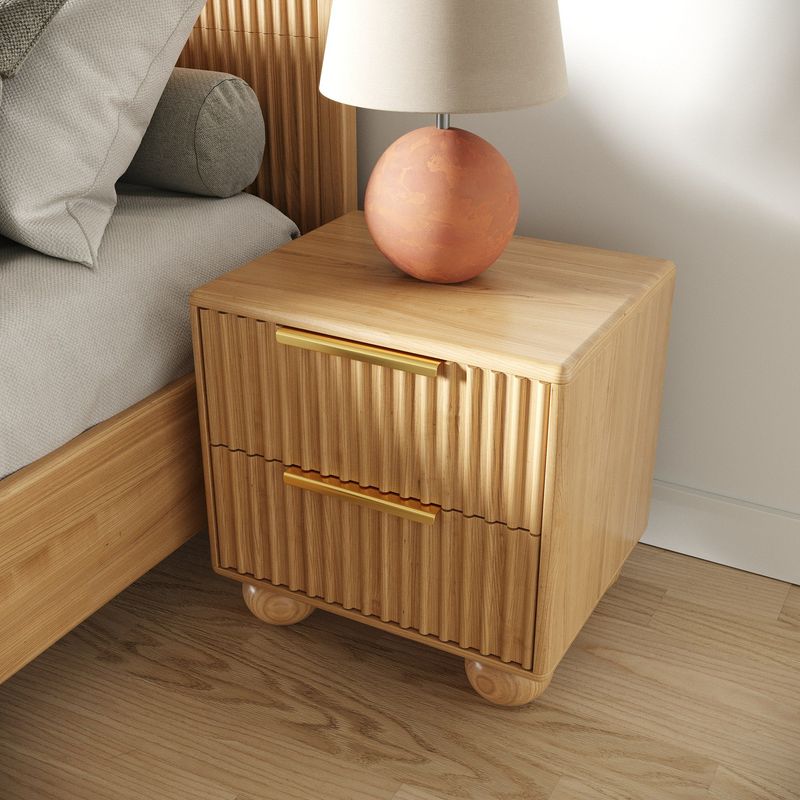
Take stock of your bedside essentials before choosing a nightstand. Night owl with books, tablets, and snacks? Look for multiple drawers or shelves to keep everything tucked away.
Minimalist with just a phone and water glass? A simple table with one small drawer might be all you need.
Your future self will thank you for thinking through what actually needs to live in that nightstand, rather than ending up with too much space or not enough.
3. Material Matters
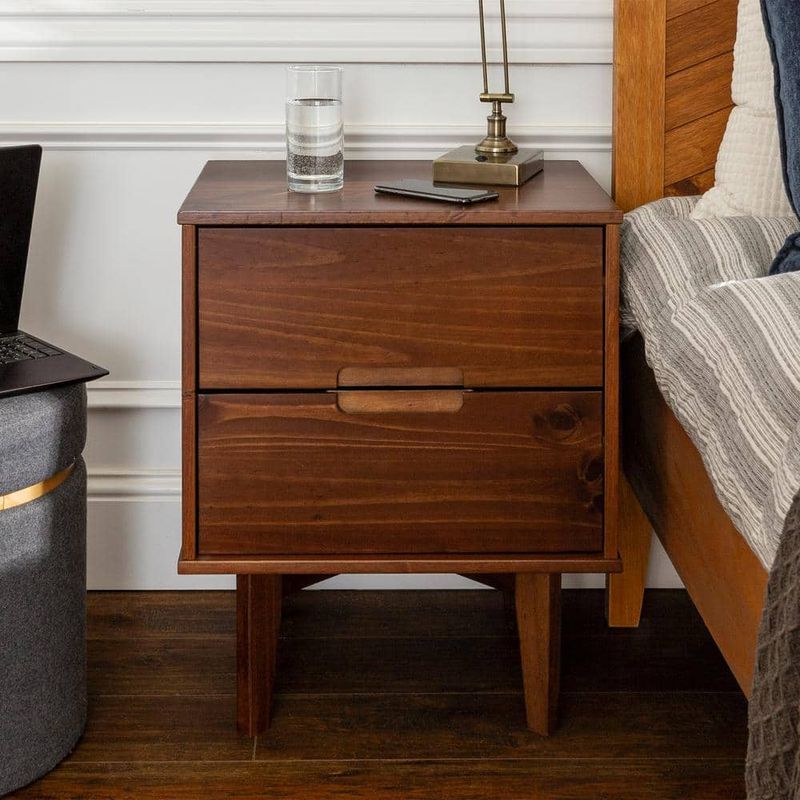
Wood brings warmth, metal adds edge, and glass creates airiness. Your nightstand’s material sets the mood for your entire bedroom zone.
Walnut or oak pieces often pair beautifully with fabric headboards, while metal frames complement industrial or minimalist spaces.
Got kids or pets? Skip the glass tops that show every fingerprint and opt for something sturdier. Remember that materials affect not just looks but also durability and maintenance requirements.
4. Shape Shifting Strategies
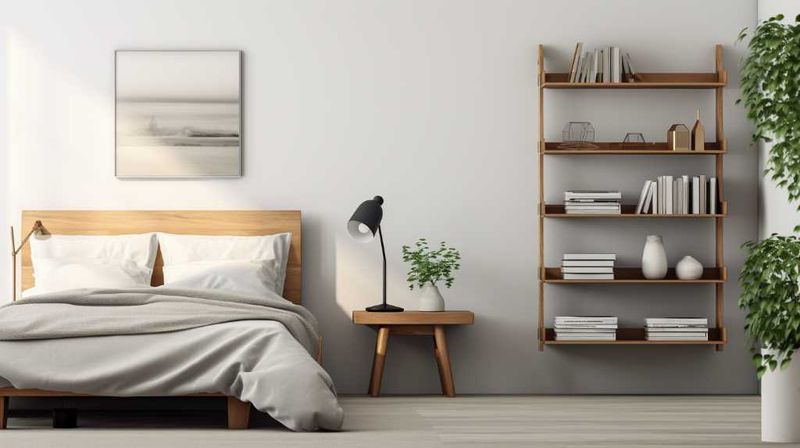
Square isn’t your only option! Round nightstands soften rooms with too many hard angles, while triangular corner pieces save space in tight quarters.
Hexagonal or asymmetrical shapes bring unexpected personality to cookie-cutter bedrooms. The shape game gets even more interesting when you pair nightstands – identical twins aren’t always the answer.
Sometimes a round table on one side and a square cabinet on the other creates just the right balance.
5. Color Coordination Tricks
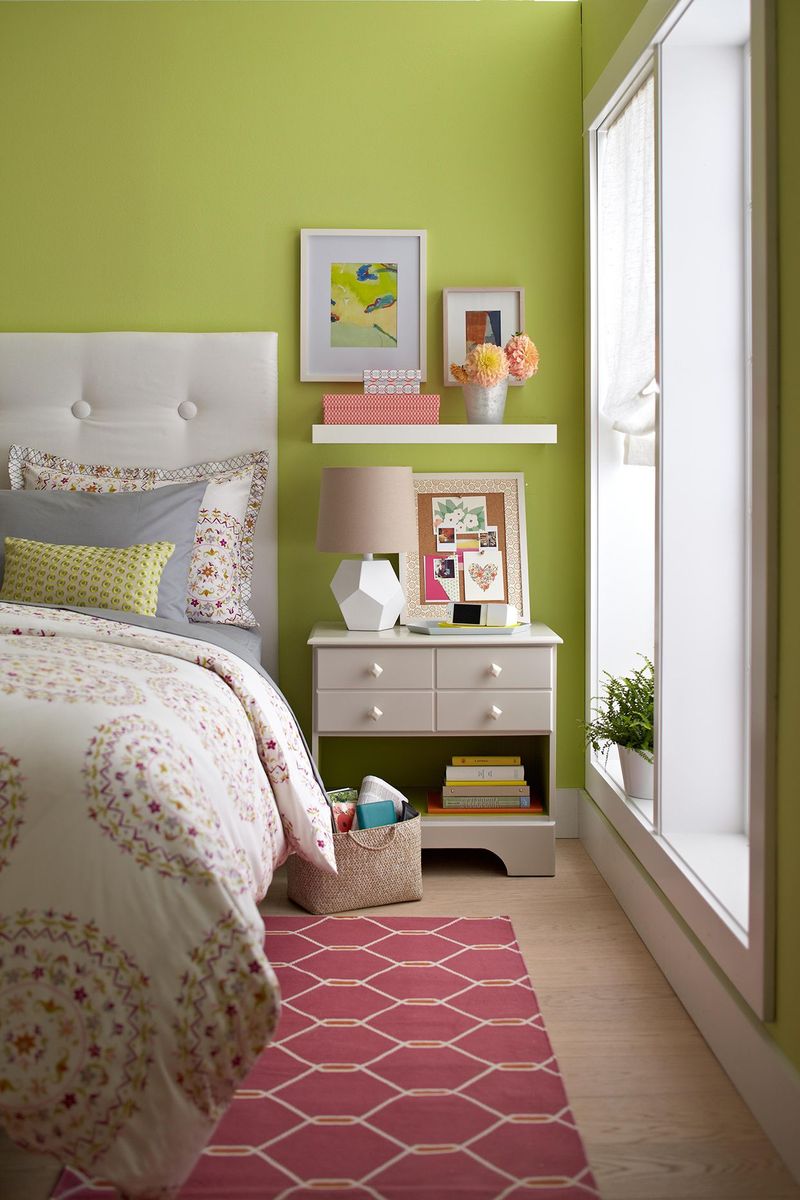
Navy nightstands pop against light walls. White ones disappear into pale backdrops. Black pieces anchor colorful spaces. Your nightstand color choice can make a major statement or play a supporting role.
For maximum versatility, neutral tones let you change up bedding and accessories without clashing. Feeling bold? A nightstand in an unexpected hue like mustard yellow or forest green injects personality without overwhelming the room. Just keep your overall color scheme in mind!
6. Matching Your Bed Frame
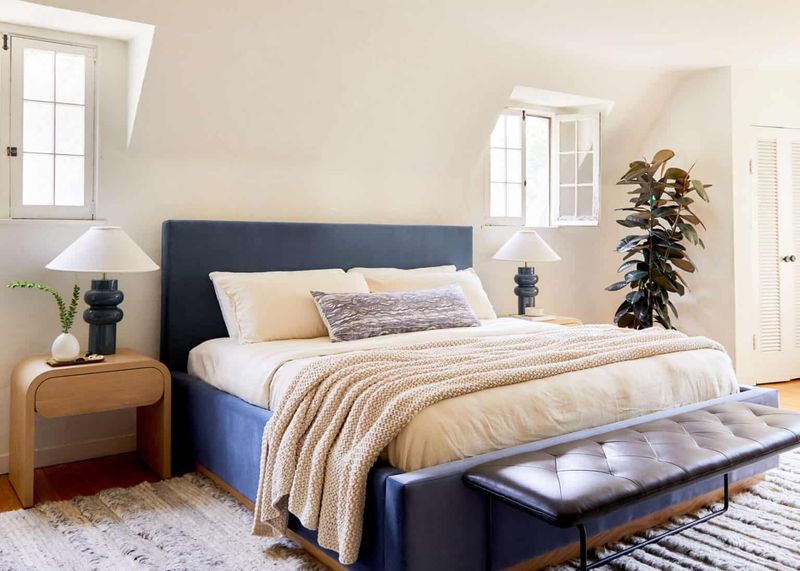
Your nightstand and bed frame don’t need to be identical twins, but they should at least look like they’re from the same family. Metal bed frame? A nightstand with metal accents creates harmony.
Upholstered headboard? Consider a nightstand with similar lines or complementary texture. The goal is creating a relationship between these pieces without being matchy-matchy.
Think of them as conversation partners – they should get along well but don’t need to finish each other’s sentences.
7. Functional Height Planning
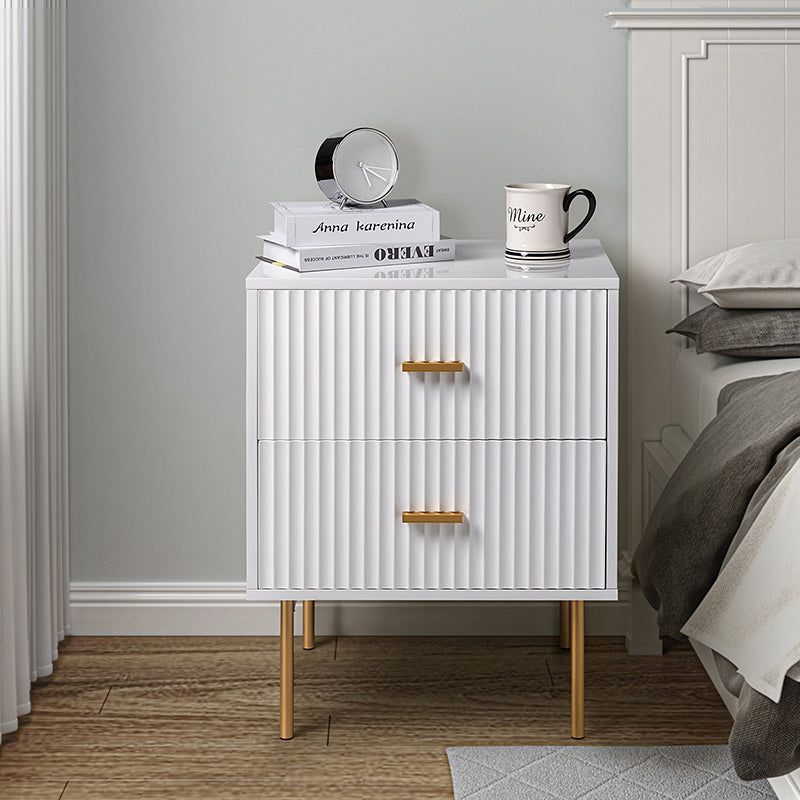
Nightstand height isn’t just about looking good – it’s about preventing midnight fumbles for your water glass! The sweet spot is usually 2-4 inches higher than your mattress top.
Got an extra-tall bed? Your nightstand should level up too. Low platform bed? Go with a shorter nightstand. This height relationship matters more than any arbitrary measurement.
Nobody wants to reach up or down awkwardly when they’re half asleep!
8. Light It Up Right

Your nightstand and table lamp are a power couple that need to work well together. A chunky lamp needs a substantial nightstand to avoid the toppling-over disaster waiting to happen.
Tiny nightstand? Wall-mounted sconces free up precious surface space. Consider nightstands with built-in USB ports or wireless charging pads to eliminate cord clutter.
The right lighting setup transforms your nightstand from mere furniture into a functional command center for bedtime routines.
9. Scale Balance Basics
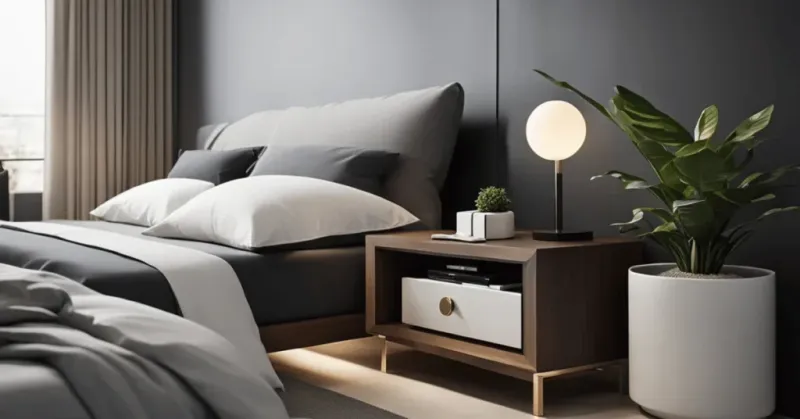
Giant nightstand, tiny bed? Miniature table, massive mattress? Either combo creates visual wonkiness. Your nightstand should occupy about one-third to one-half the width of your headboard for pleasing proportions.
In smaller rooms, floating wall-mounted nightstands create breathing space underneath. For sprawling primary suites, chunkier pieces hold their own in the expanded footprint.
Scale mistakes are among the most common furniture flubs, but easy to avoid with a bit of planning!
10. Style Matching Magic
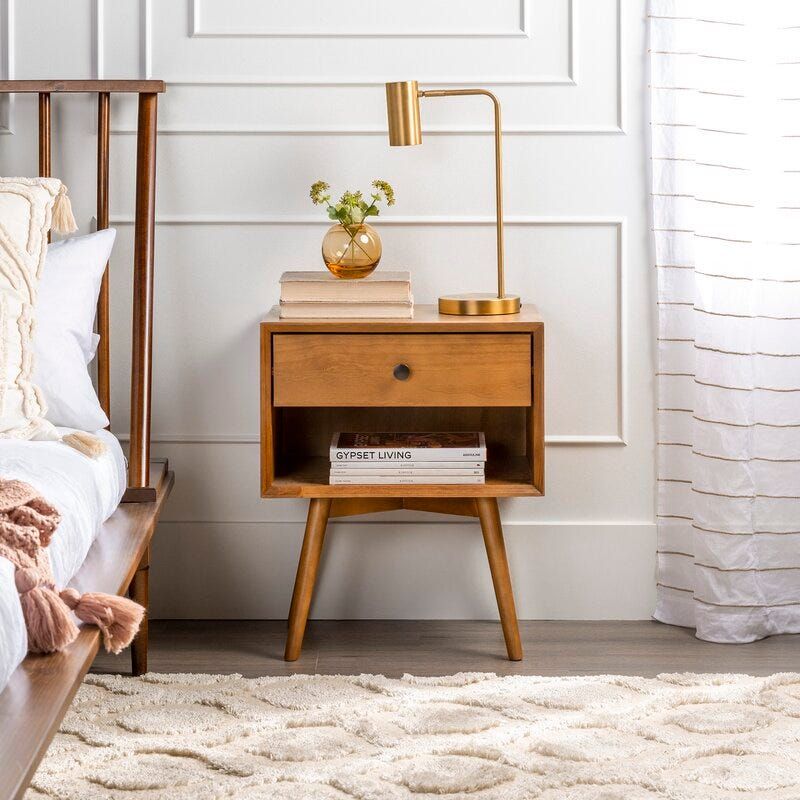
Mid-century modern beds call for tapered legs and clean lines in nightstands. Rustic bedroom vibes? Look for weathered wood or industrial metal details.
Contemporary spaces welcome geometric shapes and mixed materials. Your nightstand should speak the same design language as your overall bedroom style.
Fun fact: mismatched nightstands can actually work brilliantly when they share a common element – similar height, matching hardware, or complementary finishes tie different pieces together.
11. Surface Area Requirements
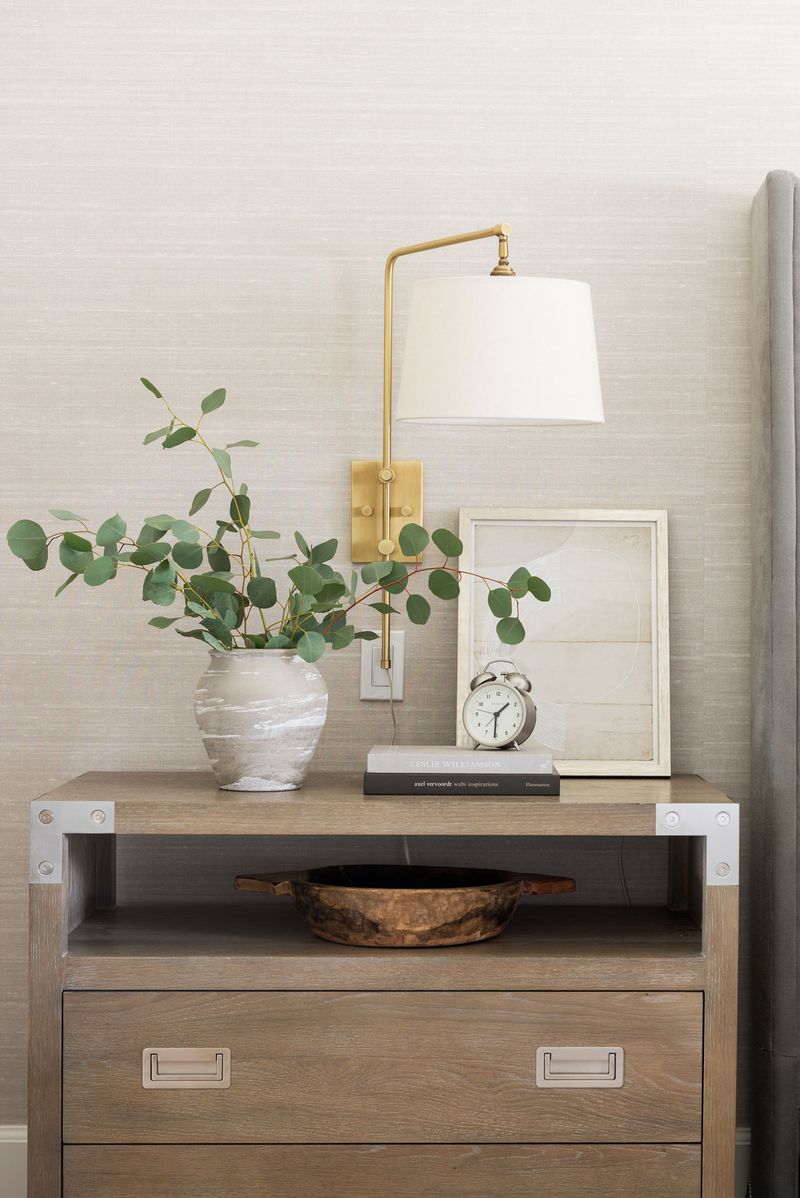
Book stack, water glass, phone, hand cream, alarm clock… your nightstand top fills up fast! Be honest about your bedside habits when choosing surface dimensions.
Night readers need space for books and reading lights. Tech lovers might want room for charging stations. Minimalists can get away with smaller tops.
A good rule: you should have enough space for essentials plus at least 25% empty space to avoid that cluttered, chaotic look that ruins your bedroom’s chill vibe.
12. Budget-Friendly Alternatives
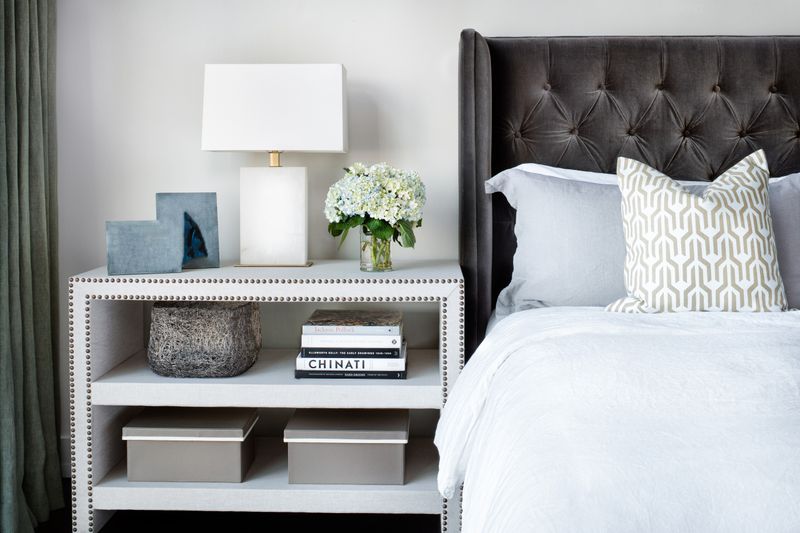
Wallet feeling light? Repurpose unexpected items as nightstands! Stacked vintage suitcases bring quirky charm. Floating shelves offer minimalist vibes for under $50.
Bar carts double as nightstands with bonus storage. Even garden stools can work in a pinch! The nightstand category has tons of budget options that don’t scream “cheap.”
Look for simple designs in solid materials rather than complicated cheap pieces that won’t last.
13. Drawer vs. Shelf Debate

Clutter-phobes, drawers are your friends! They hide everything from unmentionables to embarrassing reading choices. Open-shelf fans get easy access plus the chance to display pretty items.
Mixed designs with both options offer the best of both worlds. Consider what you actually store bedside – need privacy for personal items? Drawers win.
Love displaying your book collection or decorative objects? Open shelves make more sense. Your storage style should match your real-life habits.
14. Hardware Details Matter

Drawer pulls and knobs are the jewelry that finish your nightstand’s outfit. Brass handles add warmth to cool-toned pieces. Leather pulls bring unexpected texture.
Minimalist integrated grooves create clean lines for contemporary spaces. Swapping out boring factory hardware for something special is one of the easiest and cheapest furniture upgrades.
Hardware stores and online shops offer countless options under $10 per piece that completely transform basic nightstands.
15. Symmetry vs. Asymmetry Choices

Matching nightstands on both sides of the bed create calm, balanced energy. Different nightstands inject personality and visual interest. There’s no wrong answer – just different vibes!
Symmetrical setups satisfy our brain’s love of order, while asymmetrical arrangements feel more collected and organic.
For shared bedrooms, consider each person’s needs – one partner might need drawers for medications while the other wants surface space for books. Function should drive these decisions.

